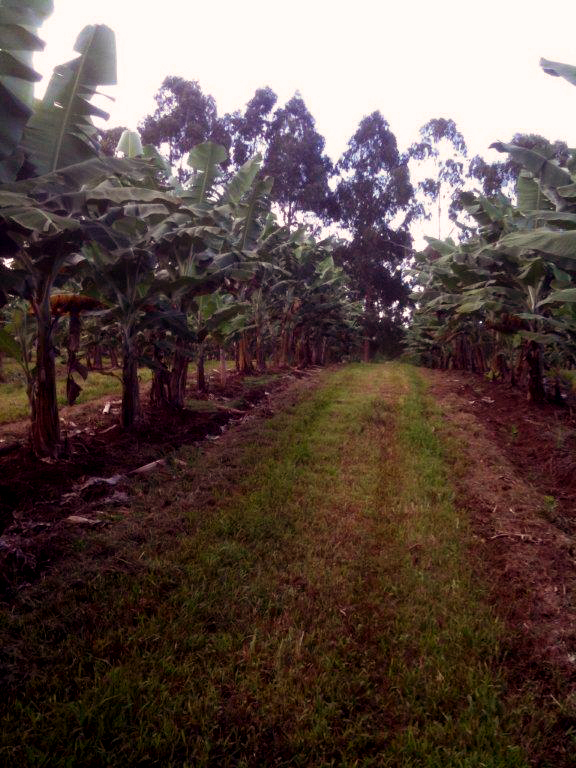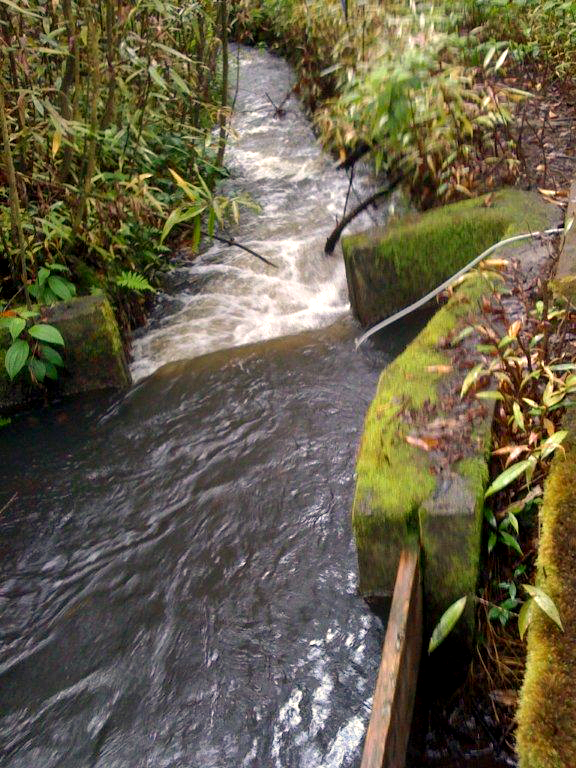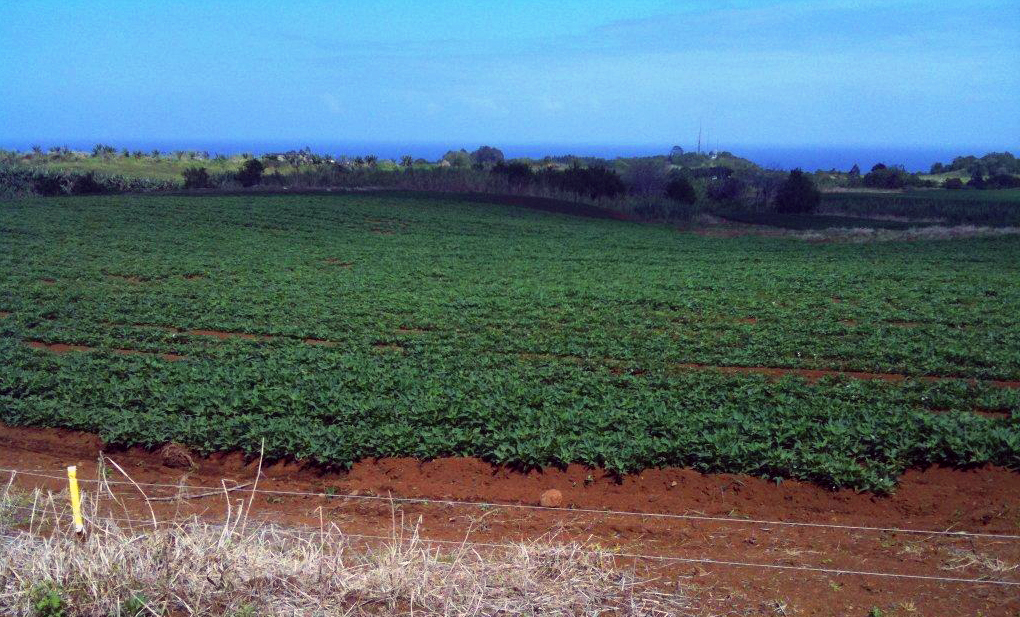On Thursday, there will be a Board of Land and Natural Resources hearing at ‘Imiloa Astronomy Center from 9 a.m. to 5 p.m. Leading up to this hearing, there have been many claims and counterclaims about different aspects of the care of Maunakea. Here is a statement that corrects some recent misstatements:
No Danger to Maunakea Aquifer
Comprehensive research confirms that the observatories on Maunakea pose no danger to the aquifer and drinking water on the Big Island.
The statement suggesting otherwise is misleading because it incorrectly assumes that the summit is a significant contributor to the water supply.
Because the conservation district on Maunakea encompasses both the high elevations (8,000 to 14,000 feet) and lower elevations (5,000 to 2,000 feet) it is true that the conservation lands encompass critical watershed and forestry lands. However, the critical watershed and forestry lands are those lands in the lower elevation band. Above 8,000 feet there is little rainfall (less than 30 inches/year), little forest, and little groundwater recharge. The bulk of groundwater is generated by the higher rainfall (60 to 200 inches/year) in the lower elevation band of conservation land.
Maps that depict the limits of groundwater aquifers show all the aquifers extending to the summit of Maunakea. This gives the false impression that the summit of Maunakea is the headwaters for these aquifers when in fact the land above 8,000 feet contributes little to the aquifer compared to the land at lower elevations. Furthermore, none of the developments above 8,000 feet eliminate or inhibit groundwater recharge in anyway.
Another concern based on misinformation is the potential for pollution of the aquifer. Studies carried out to evaluate potential pollutants related to septic tanks in the summit region have demonstrated that wastewater discharged via septic tanks in the summit region have not and will not impact water quality at drinking water wells down gradient. In addition, a proposed new observatory, the Thirty Meter Telescope, is being designed as a zero waste discharge facility, with all waste securely transported off the summit. Ensuring it will not impact the quality of the island’s drinking water.
UH Does Not Have Resources to Build Telescopes and Needs Scientific Partnerships
The underlying implication of the sublease statements is that the State is “giving away” a valuable public trust resource without getting anything in return. To appreciate why this is not the case, one first needs to understand the basic philosophy behind the development; the essential role played by the IfA; and the educational, scientific and economic benefits that accrue to the State of Hawaii from astronomy.
It is logical to think that UH should build powerful observatories on its own, as the universities in California, Texas, Arizona, and on the East Coast have done. Unfortunately, UH is a medium-sized state university with a very limited budget, and Hawaii is a small state with limited resources. Thus, a different concept was developed— the concept of scientific partnerships.
Within this concept the national and international partners contribute the capital funding for the facility, carry most or all of the operational costs, and contribute to the infrastructure development. The University, through the IfA, provides the leadership and know-how to operate an observatory at extreme altitude, the management of the physical and operational infrastructure (roads, power, fiber-optics communications, food, and lodging) and ongoing protection from adverse intrusions such as light pollution and radio frequency interference. The University also provides the land for the observatory site from its lease from the State, along with assistance in planning and permitting. The University and its partners collaborate in the scientific use of the telescopes, including development of technologically advanced instrumentation. Most importantly, they share the scientific observing time on the facilities with no cost to the University.
In this way, the University and the State are saved the enormous capital costs of designing and building world-class telescopes, but are still able to provide researchers with access to these unique facilities and give them the opportunity to develop one of the best astronomical research and education programs in the world.
The benefits, both economic and otherwise, are substantial as indicated below.
1. Astronomy facilities on Maunakea and Haleakala represent a capital investment of close to $1 billion. The economic benefit of astronomy to the State amounts to $140 million per year. New projects for Haleakala and Maunakea have the potential to double these numbers.
2. The observatories and other astronomy-related activities on Maunakea and Haleakala provide 600 quality jobs in a clean high-tech industry on the neighbor islands. It is important to note that only a small fraction of these jobs are for astronomers. Most of them are for technical, administrative, and logistic services. Beyond the simple numbers, there is the fact that astronomy as a high-tech science diversifies the Hawaii economy and gives local young people with scientific and technical talents a wealth of opportunities to realize their potential without having to leave Hawaii to pursue employment elsewhere. Unlike many high-tech industries, astronomy is fundamentally rooted in Hawaii. Observatories cannot be relocated to the mainland or overseas.
3. Astronomy is one of UH’s most successful programs and the IfA has developed into one of the world’s preeminent centers for astronomical research. Its graduate program is among the best in the world and about 1,000 undergraduate students per year participate in astronomy courses in Manoa. UH Hilo has also developed a very successful astronomy undergraduate program.
4. The telescopes on Maunakea comprise the world’s most important observatory complex. It is likely that Hawaii will retain this enviable distinction for the foreseeable future. Hawaii and its State University are recognized around the world for this outstanding achievement—a source of tremendous prestige for the State. Approximately 1,500 scientists come to work at the observatories each year, which also helps support Hawaii’s key tourism and vacation industry. Hundreds of others come to Hawaii each year to participate in astronomy-related conferences. Several small companies make a business of providing quality tours to Maunakea. The observatories’ base facilities in Hilo, Waimea, and on Maui are major additions to those communities and contribute in many ways.
5. Over the years, the observatories have made significant monetary contributions to the infrastructure, much of which benefits the general community. This includes $2 million for road improvements on Maunakea and another $2 million to assist GTE Hawaiian Tel to install a fiber optics cable across the Saddle from Waimea to Hilo. This cable provides state-of-the-art service for both the Big Island telephone system and the observatories.
6. The observatories operate the Visitor Information Station at Hale Pohaku, which provides free public star gazing seven nights a week and welcomes about 100,000 visitors each year.
7. The observatories pay the entire cost of maintenance and snow removal for the road and they pay for emergency services. The public has year-round use of these roads. The costs for this service and the Visitor Station amount to $700,000 a year.
Although the economic benefits are substantial, it is important to keep in mind that astronomy research does not generate any revenue for the observatories. Astronomy is basic science and concentrates on the scientific exploration of the Universe. Astronomy is probably the first science, is interwoven with Hawaii’s traditional culture, and has changed our understanding of the world and our thinking as humans like no other science. The telescopes on Maunakea and Haleakala have contributed fundamentally to the advancement of human knowledge. They have not been built and have never been used to generate any kind of income for the partner institutes or UH. None of the observatories earn revenue by charging fees for observing time. In fact most of them are prohibited from doing so either by their terms of incorporation or by their funding. The telescopes are not private commercial instruments. They are world-class research facilities, and the best window our planet provides on the strange and wonderful universe we live in.
Payment for “Viewing Nights”
Currently the operating costs for the W. M. Keck Observatory are borne by the University of California (83 percent) and NASA (17 percent). Caltech was responsible for the original costs of building the telescopes and does not pay for operations cost because it secured large grants from the Keck Foundation and NASA to fund the construction of the observatory.
This arrangement comes to an end in 2018. At that point Caltech will need to share in funding to operate the facility (42 percent to retain its current share). For this reason, Caltech sought new partners to raise funds for Keck operations beginning in 2018. The funds from this agreement will be used solely to operate the W.M. Keck Observatory. These funds will pay salaries for staff on the island of Hawai’i to maintain and operate the telescopes on the summit and the base facility in Waimea.
The only funds received for “observation viewing nights” are those necessary to reimburse the cost of providing agreed services, such as the operation of W.M. Keck Observatory, pay salaries for staff on the island of Hawai’i to maintain and operate the telescopes on the summit and the base facility in Waimea. In short, the money is used to pay the high fixed operational costs of the observatories. As such, there are no revenues or profits in the sense of funding that could be used for other purposes.



